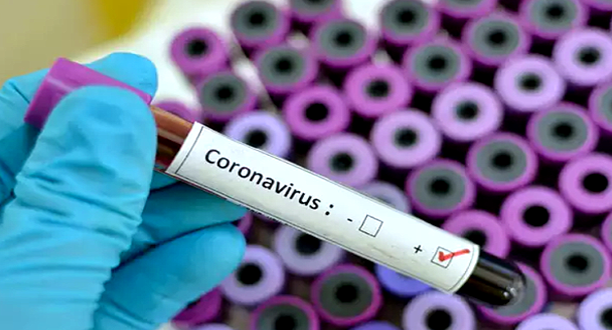New York: A team of researchers has developed a sensor system that helps detect SARS-CoV2, the virus causing Covid-19 infections, within a second, much faster than current detection methods.
Detecting the presence of the virus requires amplifying the numbers of the biomarker, such as the copies of viral ribonucleic acid (RNA) in the common polymerase chain reaction technique for Covid-19 detection, or amplifying the binding signal for a target biomarker.
The sensor is similar to commercially available glucose test strips in shape, with a small microfluidic channel at the tip to introduce the test fluid.
“Within the microfluidic channel, a few electrodes are exposed to fluid. One is coated with gold, and Covid-relevant antibodies are attached to the gold surface via a chemical method,” said Minghan Xian, chemical engineering doctoral candidate at the University of Florida.
“This could alleviate slow Covid-19 testing turnaround time issues,” Xian added. The sensor system method is published in the Journal of Vacuum Science & Technology B.
During measurement, sensor strips are connected to a circuit board via a connector, and a short electrical test signal gets sent between the gold electrode bonded with Covid antibody and another auxiliary electrode. This signal is then returned to the circuit board for analysis.
“Our sensor system, a circuit board, uses a transistor to amplify the electrical signal, which then gets converted into a number on the screen,” said Xian. “The magnitude of this number depends on the concentration of antigen, the viral protein, present within our test solution.”
While the system’s sensor strips clearly must be discarded after use, the test circuit board is reusable. This means the cost of testing may be greatly reduced.
The versatility of this technology goes far beyond detecting Covid-19, the researchers said.
“By altering the type of antibodies attached to the gold surface, we can repurpose the system to detect other diseases,” said Xian. “The system can serve as a prototype for modularised, inexpensive protein biomarker sensors for expedient real-time feedback within clinical applications, operating rooms, or home use.”
